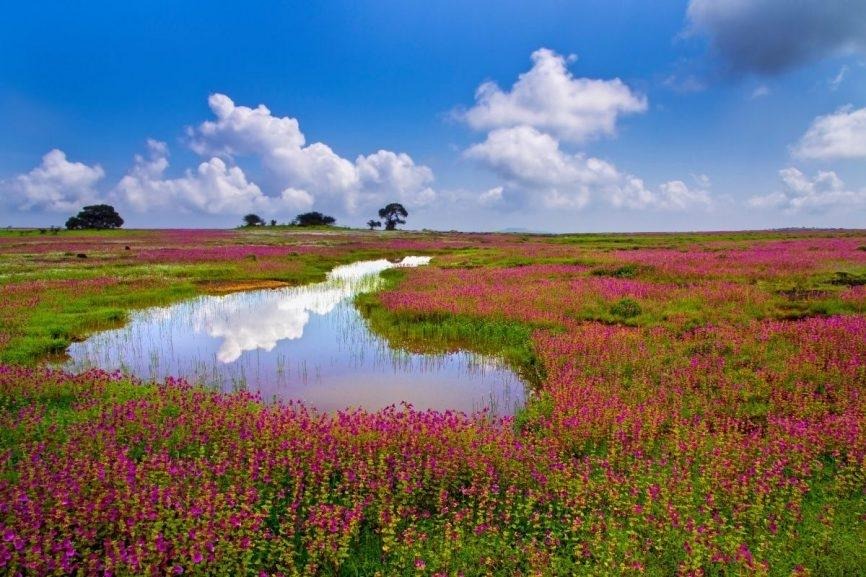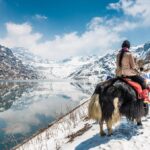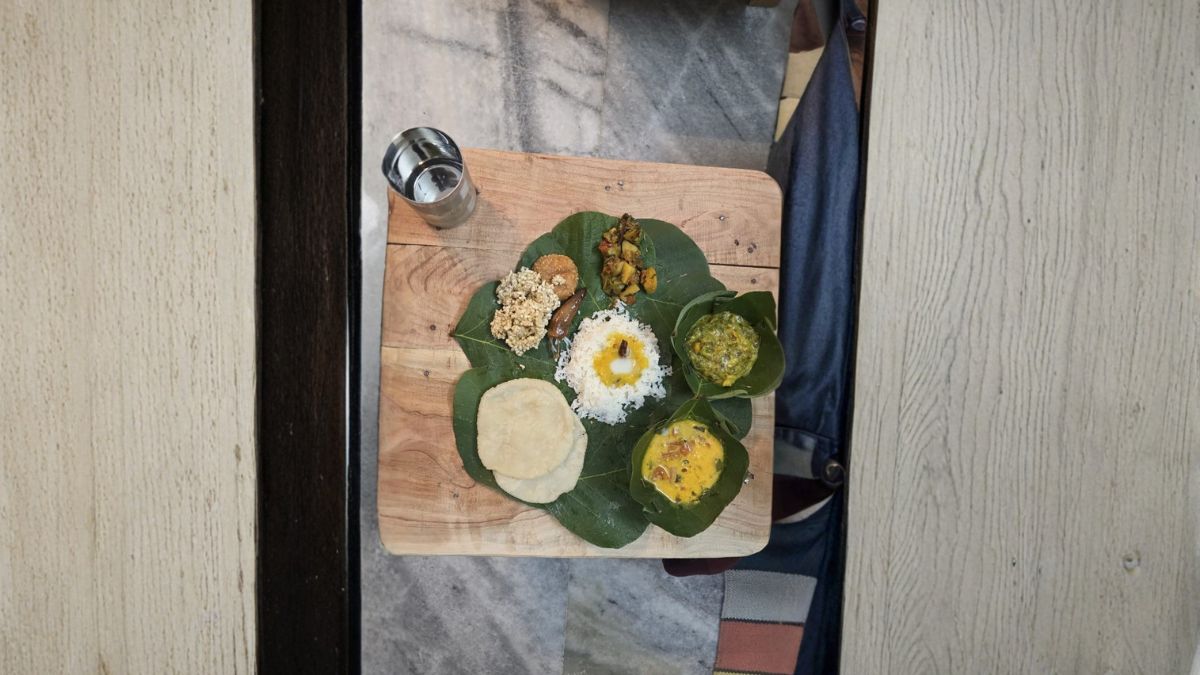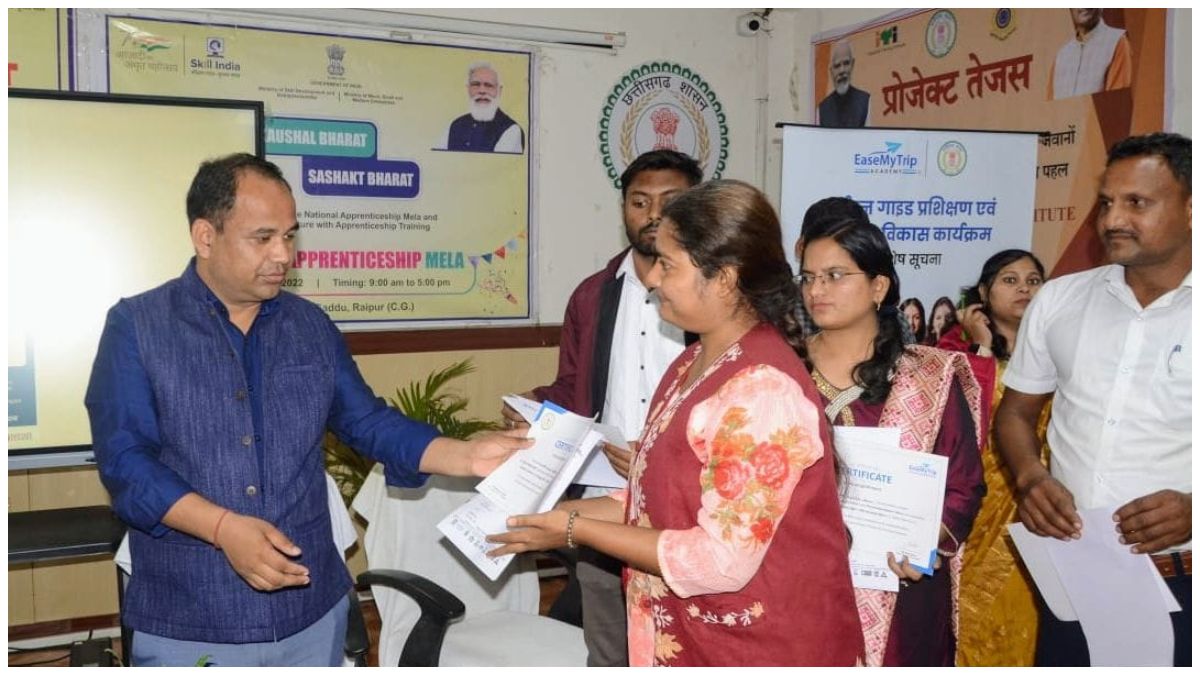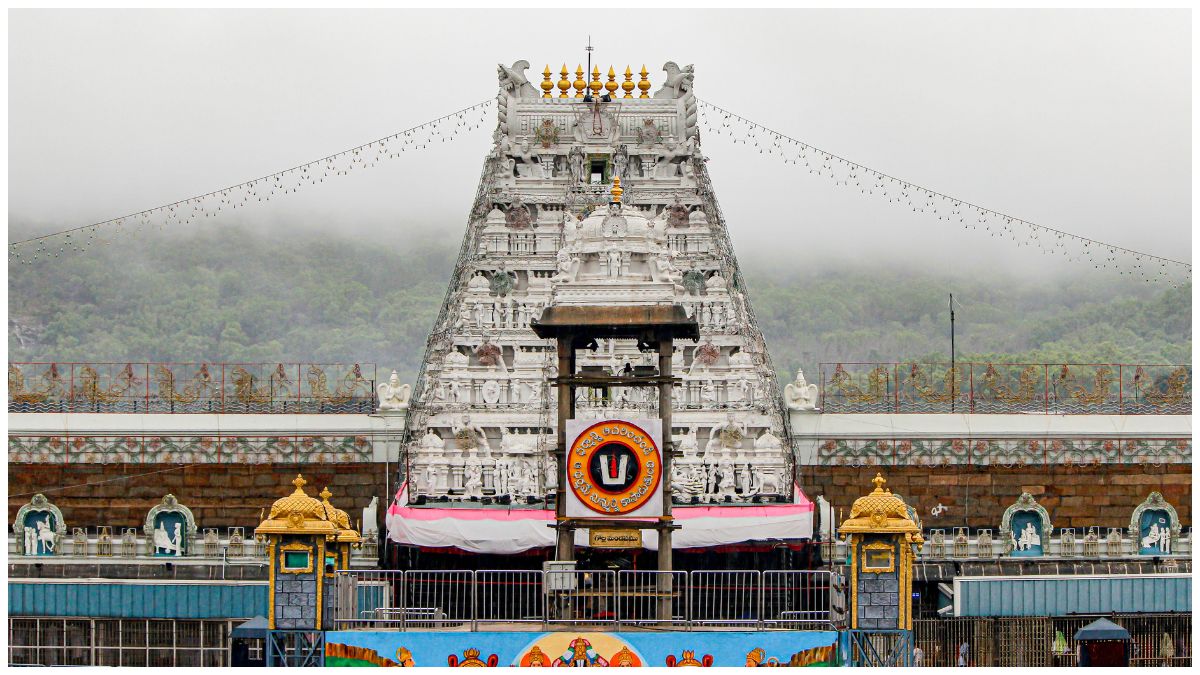Exploring the Enchanted Realm of Kaas Plateau: Maharashtra’s Floral Paradise
Nestled in Maharashtra’s Satara district, the Kaas Plateau is a hidden gem that every nature enthusiast dreams of exploring. Often hailed as “Maharashtra’s Valley of Flowers,” this pristine expanse transforms into a floral paradise during the monsoon season, making it a must-visit destination for those seeking nature’s beauty.
Situated approximately 300 kilometers from Mumbai, the Kaas Plateau is an easily accessible weekend getaway that promises a delightful escape from the bustling city life.
Biodiversity Extravaganza at Kaas Plateau
The Kaas Plateau has gained fame for its mesmerizing wildflower displays, which adorn the landscape from August to October, primarily during the monsoon season. This floral spectacle showcases more than 850 species of flowering plants, many of which are exclusive to this region. The plateau becomes a canvas painted with various shades of purples, pinks, and yellows during this period, making it one of the most photographed spots in Maharashtra.
Intriguingly, the Kaas Plateau has also become a sought-after location for pre-wedding photoshoots during this blooming season, complete with designated areas for such photography.
However, beyond the allure of pre-wedding photography, Kaas Plateau beckons wildlife enthusiasts, drawing them into its realm of small mammals, reptiles, insects, and birds. Birdwatchers can delight in spotting a variety of avian species, including the Malabar Crested Lark and Indian Scimitar Babbler. The region is also a sanctuary for numerous species of butterflies.
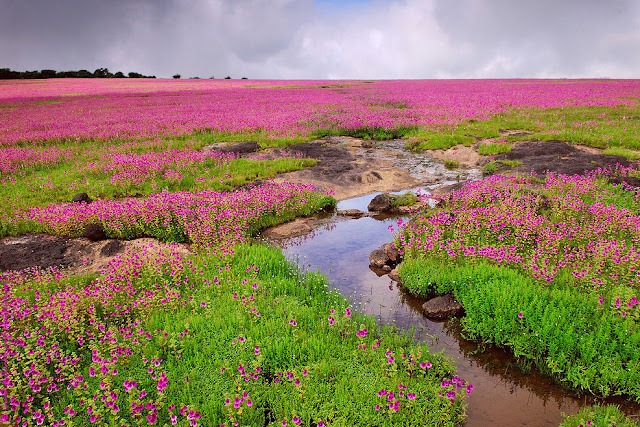
Balancing Tourism and Conservation
Regrettably, the human presence in Kaas Plateau, as in many natural wonders, comes with its own set of challenges. Past incidents of overcrowding and damage to the delicate floral landscape have occurred. It’s worth questioning whether that selfie amidst the blossoms or the urge to pluck a wildflower is truly necessary. Thankfully, local authorities have stepped in to protect this ecological treasure, implementing stringent regulations to deter any harm. Violators may face hefty fines, and designated selfie spots have been established for the safe capture of memorable moments.
Yet, beyond the direct impact of visitors, climate change poses an indirect threat to this fragile ecosystem. Responsible tourism practices can mitigate the degradation. Native plants are crucial to maintaining the ecological balance of the region, aiding in soil conservation and preventing erosion in the hilly terrain. When visiting the Kaas Plateau and its exceptional biodiversity, tourists should embrace responsible tourism by staying on designated paths, refraining from flower-picking, and leaving no trace of waste behind. These small steps collectively play a pivotal role in preserving the natural splendor of Kaas Plateau for generations to come.

